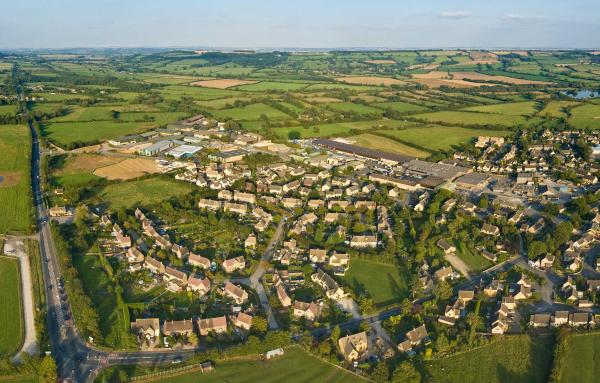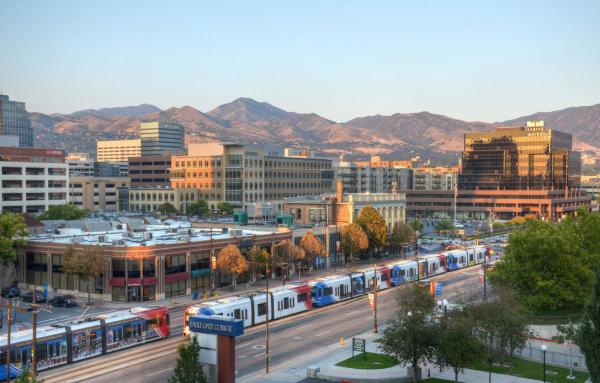Development
The town of Seaside has had an impact on city building in America over the last four decades. Here are 16 ways that the Florida Panhandle resort influenced development.
The American housing industry is changing course—and this will transform neighborhoods and communities over time by providing more and different choices in housing.
Three women developers from across the US are helping to bring back their home cities.
Elkhart, Indiana, is implementing plans to attract young, talented, workers to start businesses and boost the economy.
Carmel, Indiana, builds a high-quality public realm at the heart of its new Midtown district.
A big increase in exurban growth is a wake-up call for regional planners, urbanists, and a public trying to rein in carbon emissions.
A large new urban project on a former airport near downtown Oklahoma City, the Wheeler District is off to a strong start.
The new neighborhood by the Atlanta Beltline offers a well-designed, robust mix of housing, uses, and public spaces.
Caio Verde, in the province of Cabinda, Angola, Africa, combines "an outstanding urban plan with a stunning natural environment," according to the 2006 Charter Award.
The rules and parameters for growth need to change, but developers also have a responsibility—to not hide behind a rear view image of the market.
A coalition in Flint, Michigan, works with many hands toward rebuilding a neighborhood from the ground up.
One key aspect to Missoula's downtown master plan involves making the city center a retail destination once again.











